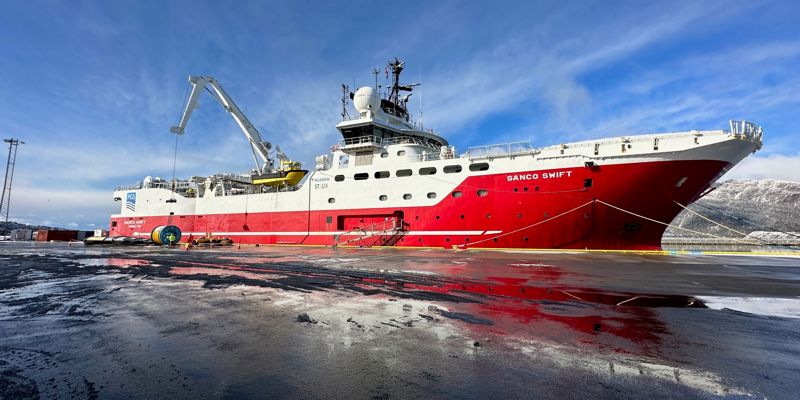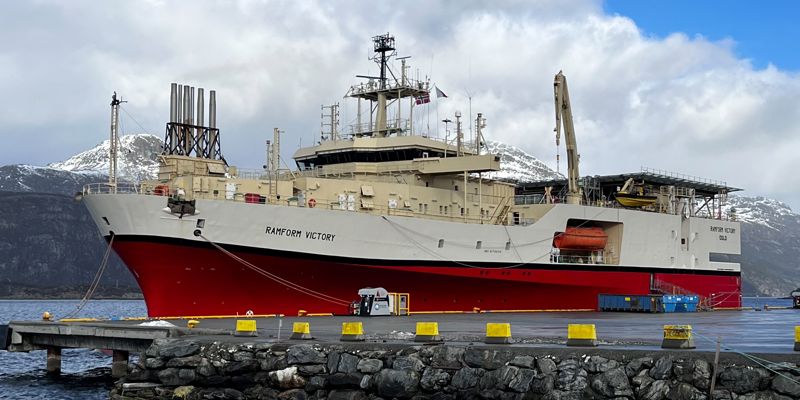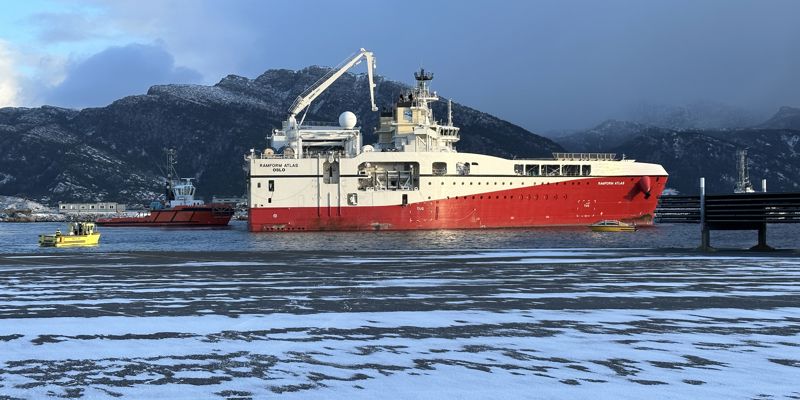The Ramform Atlas is a Titan-class vessel, capable of towing the industry's most advanced tailored configurations, which is just what she will do later this spring on PGS' latest GeoStreamer X survey of the Norwegian Sea. The GeoStreamer X epithet describes a method of adding layers of new understanding. Acquisition design can include wide-tow sources, dense streamers for improved near-offset distribution, and long streamers for accurate velocity model building. Improved illumination makes it possible to image tricky geological formations in more detail, or to see under obstacles in the subsurface. The technique uses PGS proprietary GeoStreamer multisensor technology and advanced acquisition solutions. New data acquisition is processed together with underlying broadband library data, to produce a large, dense, multisensor, multi-azimuth dataset within a matter of months, and at a highly efficient rate. PGS first brought its GeoStreamer X multi-azimuth formula to the Norwegian Sea in 2022 and will continue its acquisition there in 2023 and 2024.
Further in the fjord at Florø, the Ramform Victory is returning to active duty, repainted and refreshed inside and out. This sister ship to the Ramform Vanguard will be heading to Brazil later in the year to focus on an important 4D seismic contract for Petrobras. PGS is responding to increasing market demand for 4D seismic acquisition, and the V-class Ramform ships have proven their prowess in this sector over several years.
At the outermost dock, the Sanco Swift has been preparing to write a new chapter in PGS seismic acquisition, as she is being rigged with P-Cable. This technology for acquiring ultra-high-resolution seismic targets the shallowest subsurface areas and entered the PGS portfolio with its acquisition of NCS Subsea. Ultra-high-resolution seismic techniques can satisfy a number of subsurface imaging demands, particularly within the New Energy area. Sanco Swift's first project with P-Cable will be a wind farm site survey in Europe starting next month.
It is thirty years since PGS engineers designed a new method of back deck layout for seismic acquisition that enabled the step shift in acquisition efficiency and ushered in the age of high-density, high-efficiency high-resolution 3D seismic. This has been described as a seminal technology for the development of offshore oil and gas exploration. Now PGS geophysicists and engineers are looking at how the lessons learned in the oil age can be applied to ultra-high-resolution 3D acquisition for new energy markets.
“So far, the demand for seismic services is looking buoyant this year, with activity in all geo-markets, and good preparation will put our fleet on a solid footing to deliver the reliable services our clients expect from PGS. The Sanco Swift is the first of the three vessels to move from Florø. Ramform Atlas will follow as the weather opens and the work is complete, and the Ramform Victory rerigging is on schedule for project startup,” says Rob Adams, EVP of Operations in PGS.


